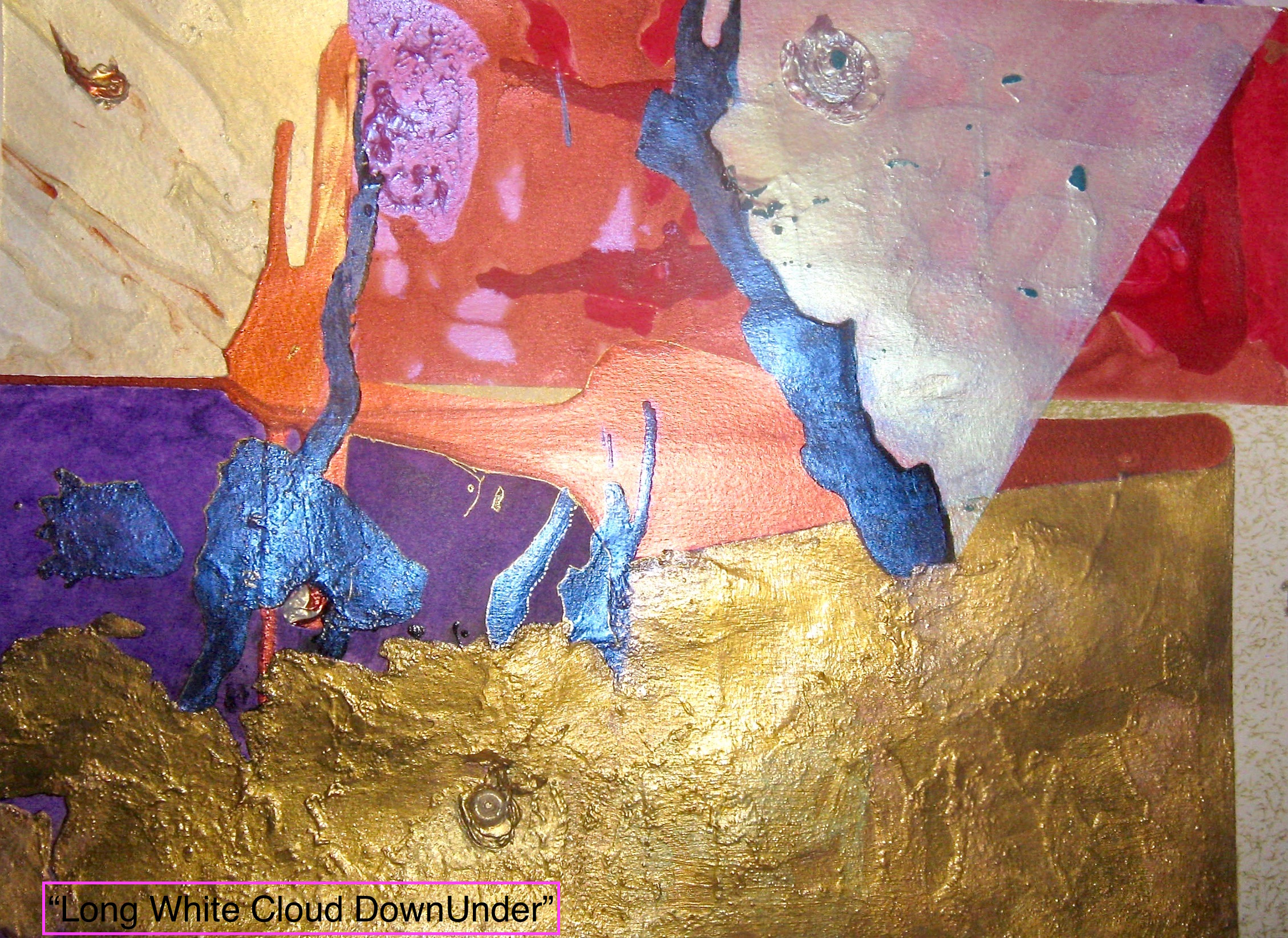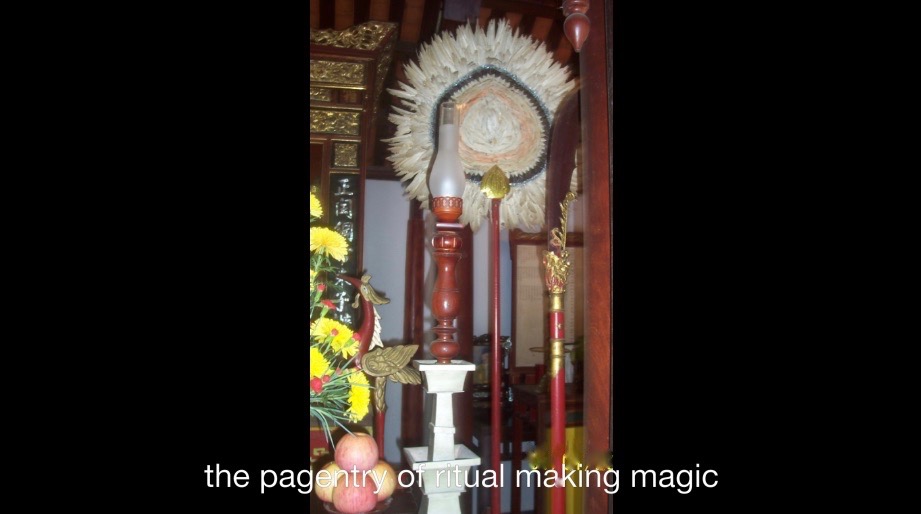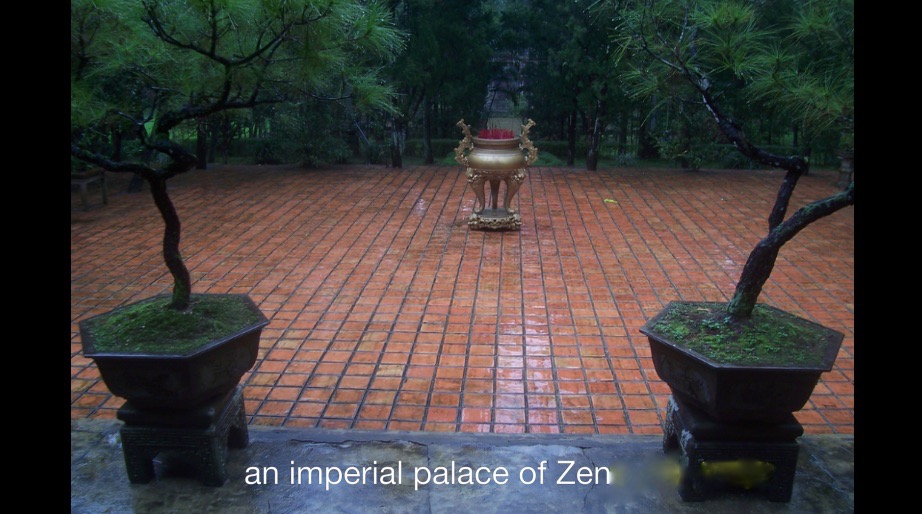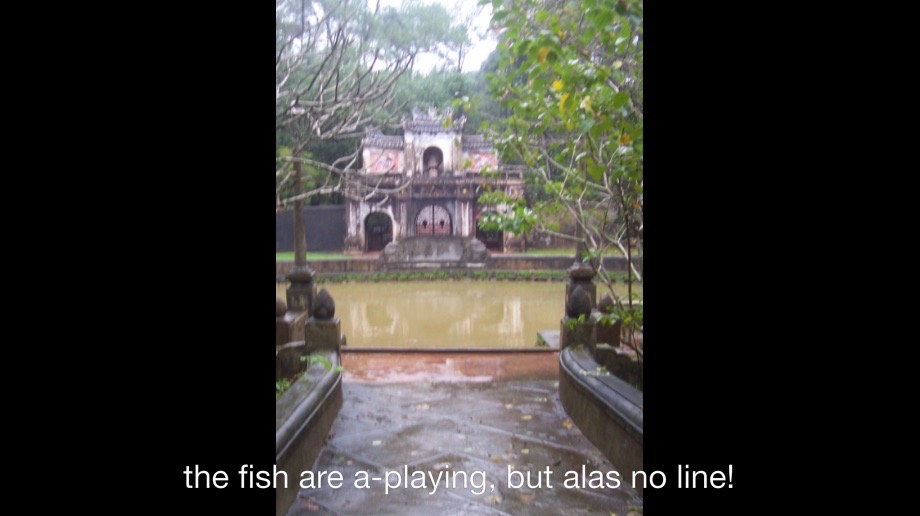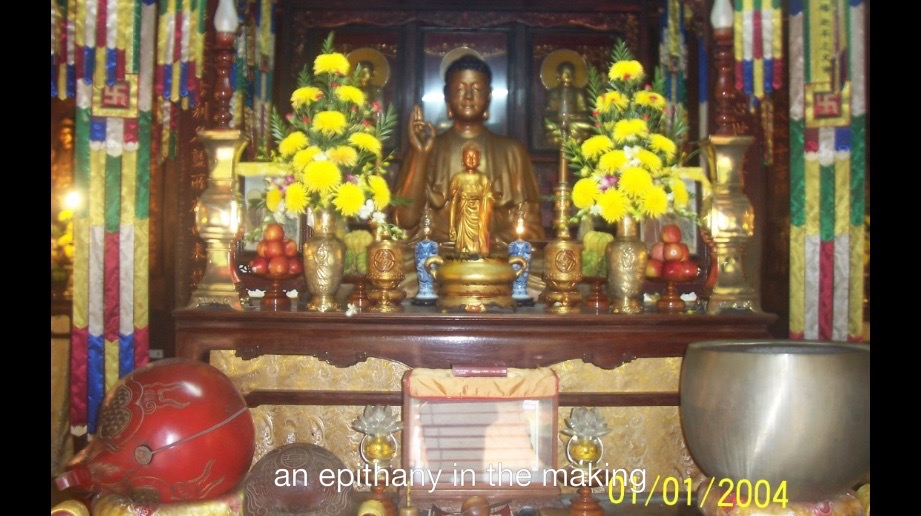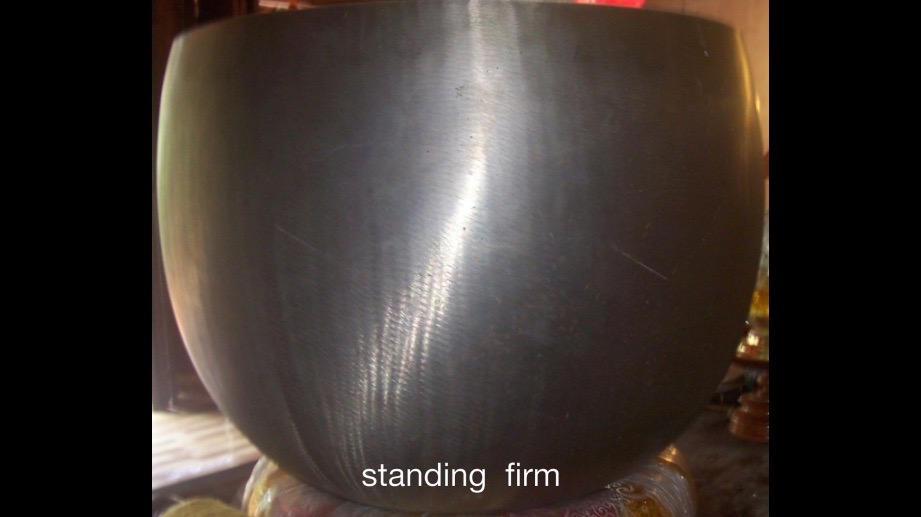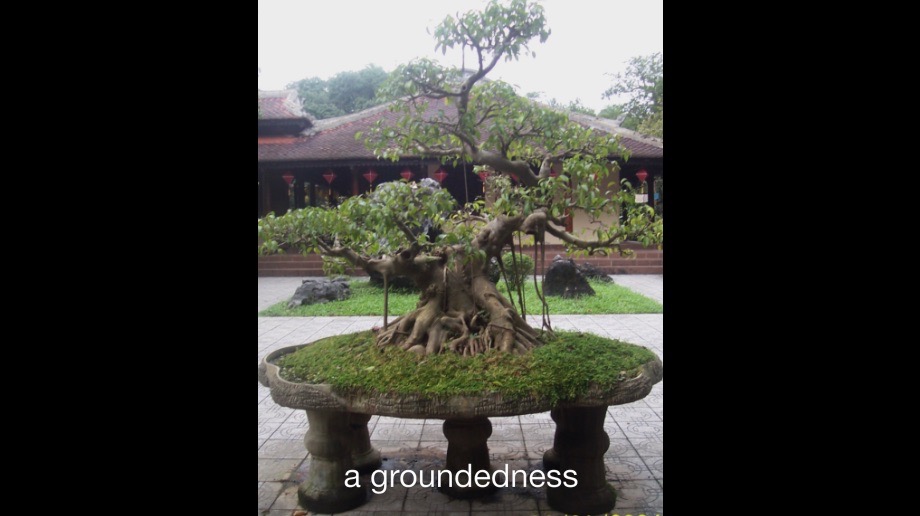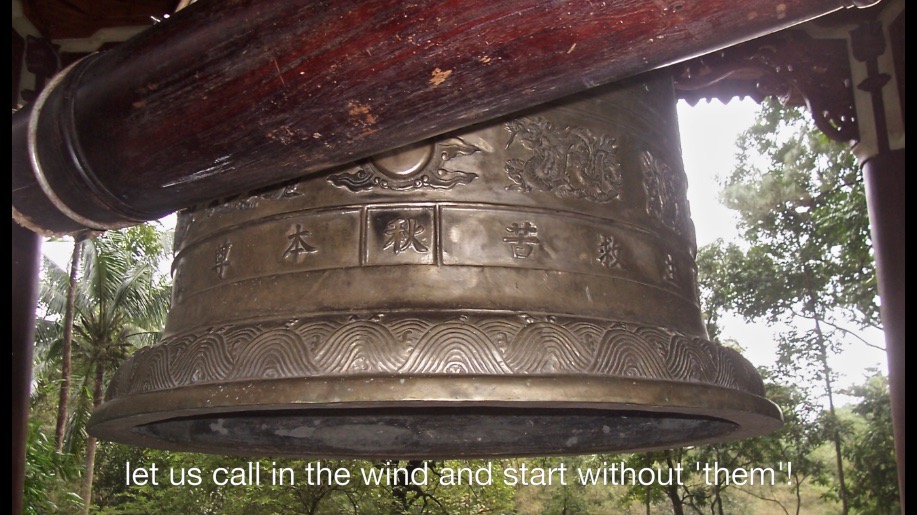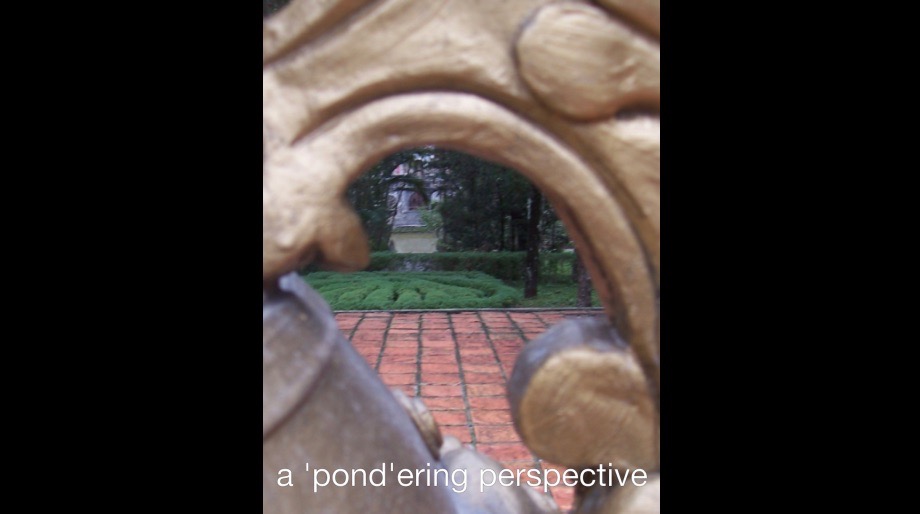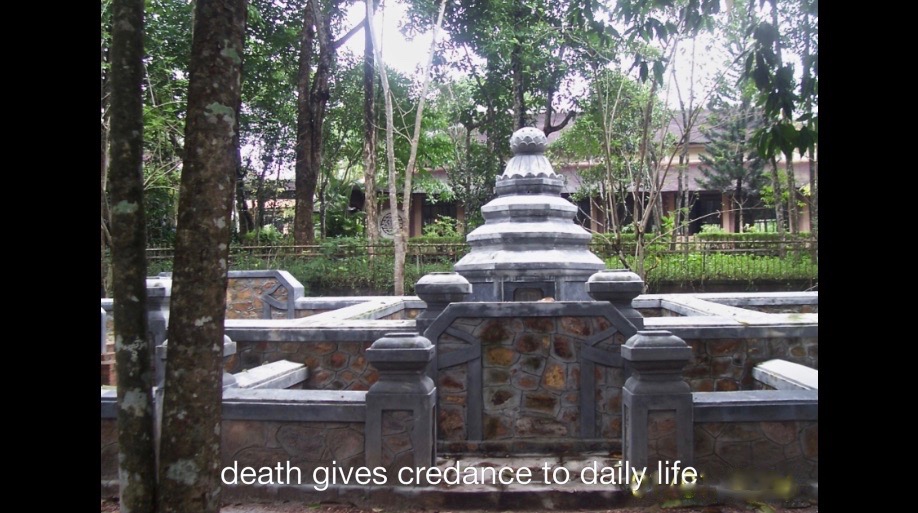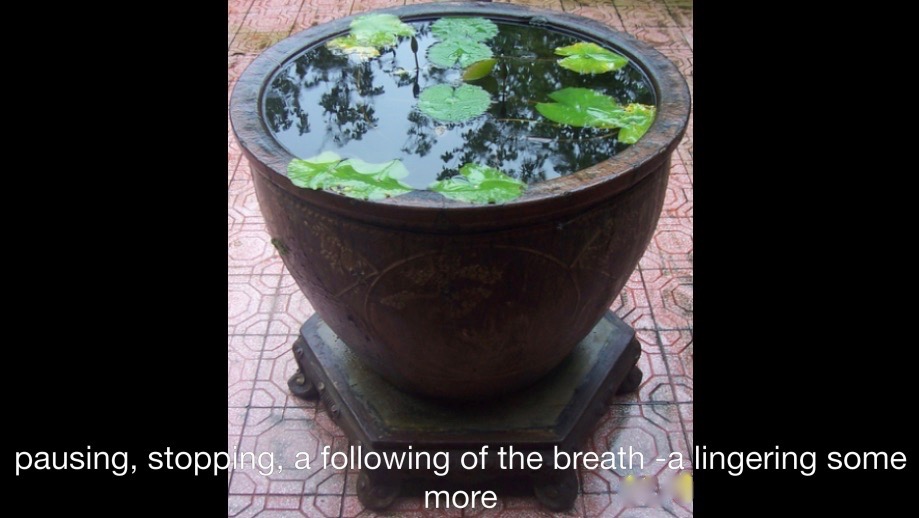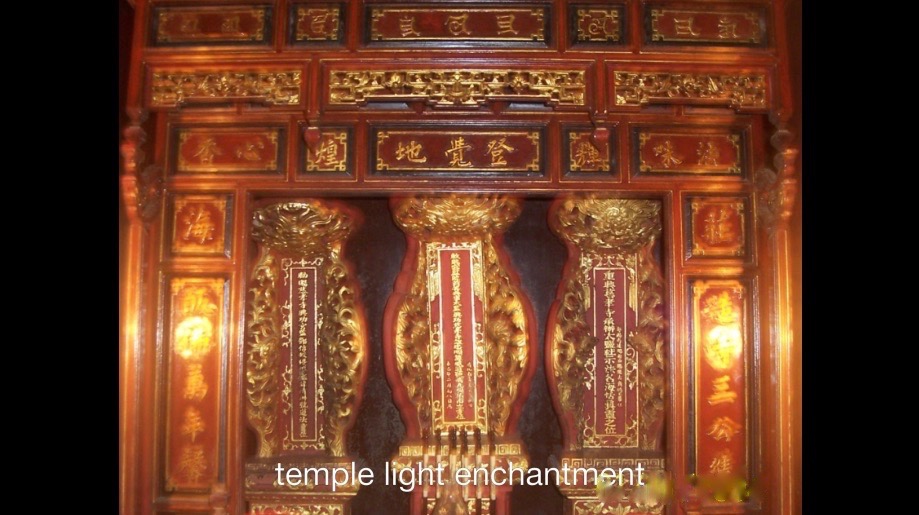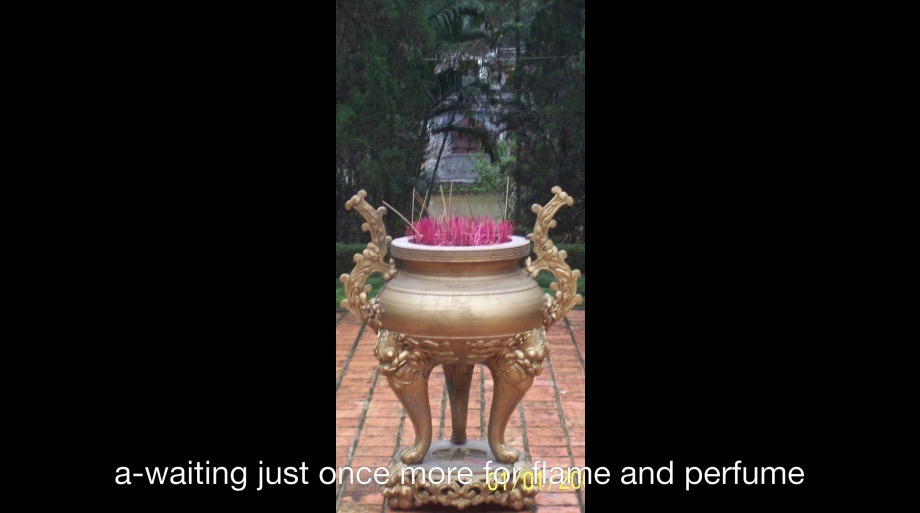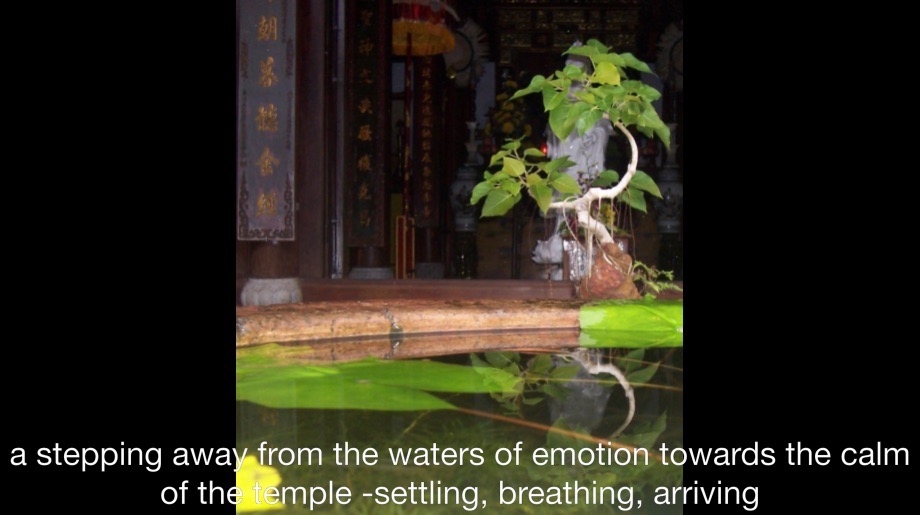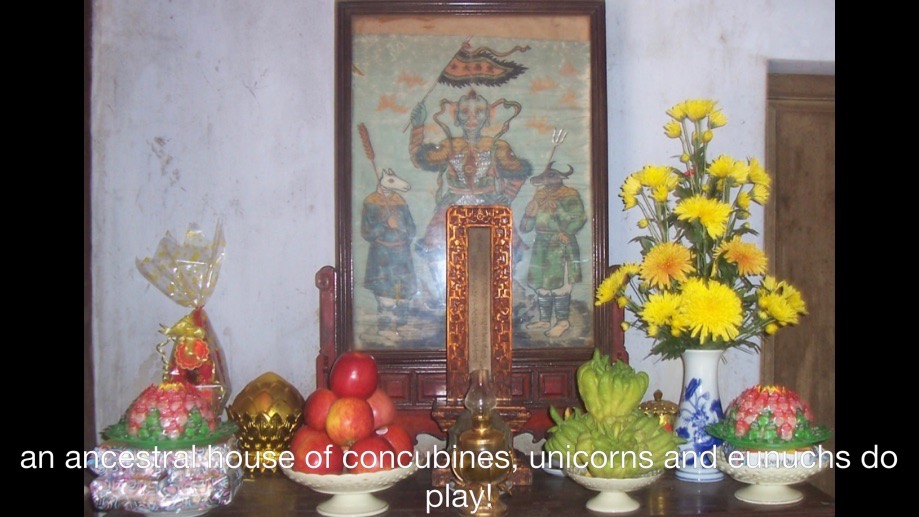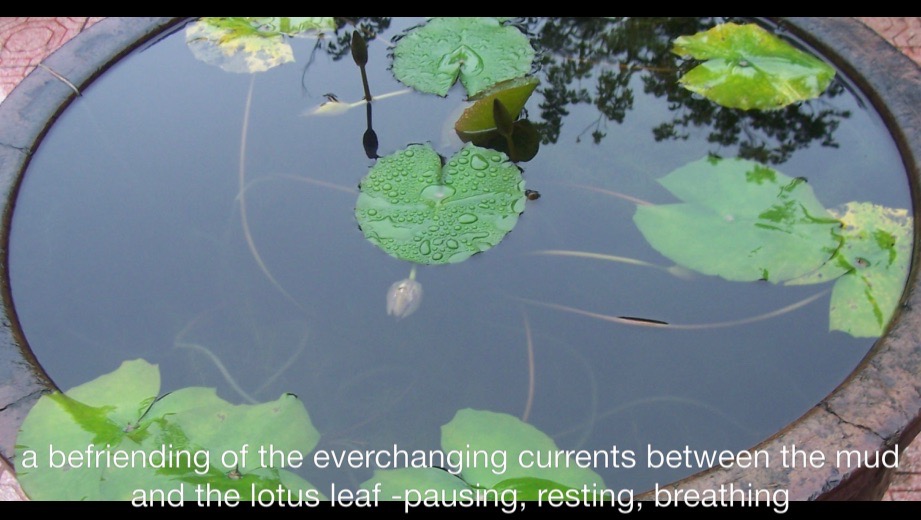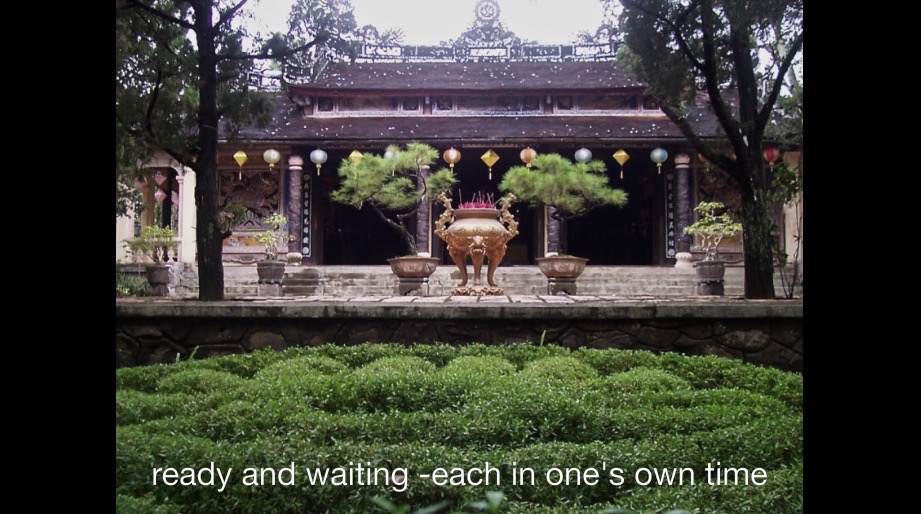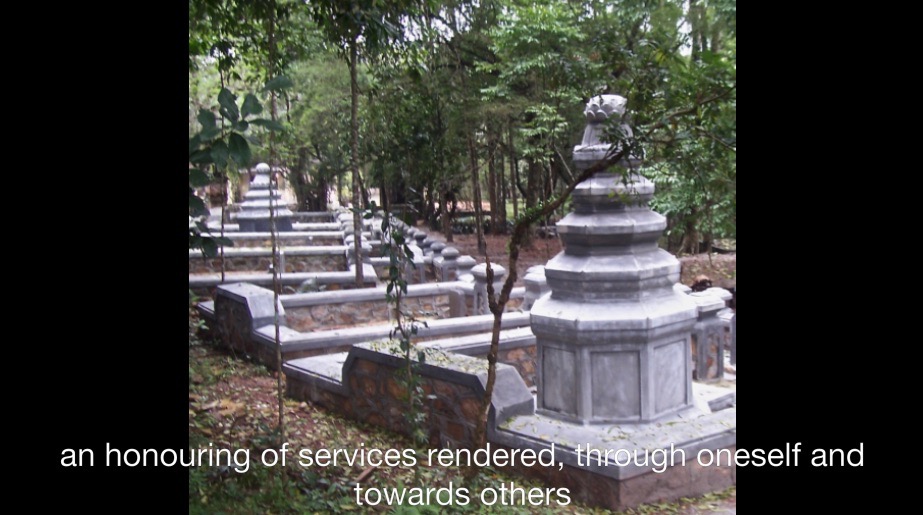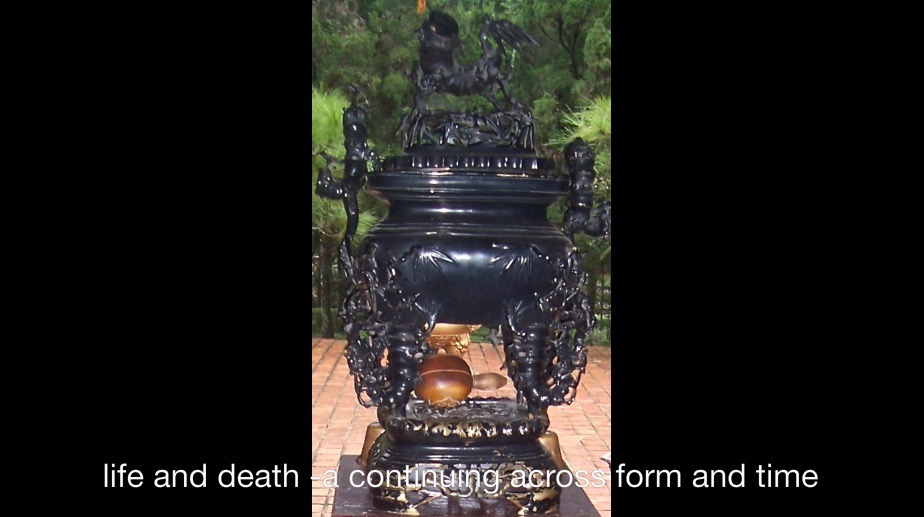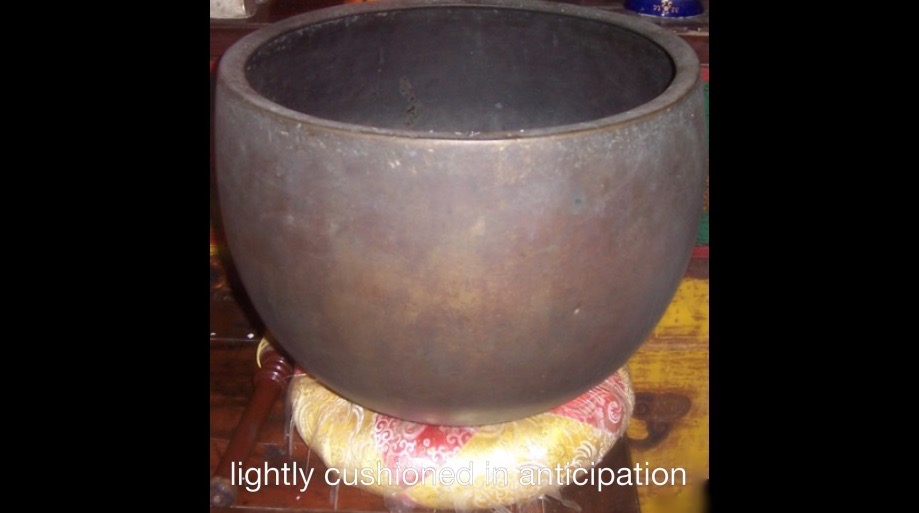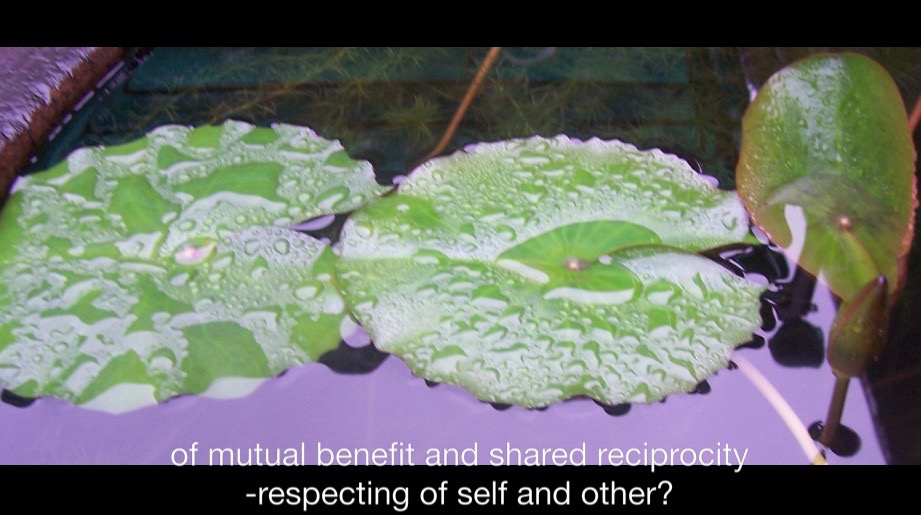*Photographic prints available for sale on A3 ($10) and A4 ($8) size on 300gms weight acrylic painting paper

Tu Hieu Pagoda’s convenient and picturesque location amidst pine forests nearby Tu Duc’s Tomb makes it a worthwhile stop. It’s one of Hue’s most atmospheric pagodas on account of its tranquil setting. Some interesting tales spring from its past as well.
Tu Hieu was established in 1842 and by 1848 had been directed to dedicate itself to the honouring of the souls of imperial eunuchs. Eunuchs are buried in the graveyard beside the pagoda.
Tu Hieu’s biggest claim to fame though is its connection with one of international Buddhism’s leading lights – Thich Nhat Hanh. Thich Nhat Hanh entered Tu Hieu Pagoda in the 1940s aged 16. By the 1960s he was one of the most active Buddhist voices on the world stage. He studied at Princeton University and taught at Columbia. He also lobbied the US Government to withdraw its forces from Vietnam. Martin Luther King was deeply impressed by Nhat Hanh and recommended him for a Nobel Peace Prize. Perhaps the greatest validation of his integrity was his ostracism by both the South Vietnamese government and then the Communists after 1975.
He has lived in exile in France since the 1960s and returned to Vietnam for the first time in decades in 2005. He has made a number of visits since then. The Vietnamese government has relaxed its attitude towards Nhat Hanh somewhat but his visits continue to be politically sensitive. On his 2005 inaugural return, he visited Tu Hieu Pagoda.
From:
https://www.rustycompass.com/vietnam-travel-guide-233/hue-8/see-and-do-14/tu-hieu-pagoda-hue-6#.Wi_ZWrZ7GCQ
Tombs of eunuchs.
With hundreds of big and small temples scattered throughout the area, spiritual tourism has become an indispensable part in the exploration of Hue.
While the pagodas of Thien Mu, Bao Quoc and Huyen Khong have gradually been familiar to visitors, Tu Hieu Pagoda attracts visitors with its own beauty and thrilling and fascinating stories.
According to legend, the temple was originally just a tiny shrine. Until mid-19th century it was expanded into a large temple by some eunuchs, with the hope that it would be their resting place later.
Tu Hieu is located among the immense pine forest belongs to the range of Duong Xuan mountain, Thuy Xuan commune, Hue city. The pagoda was established in 1842, initiatively, it had the name ‘An Duong’. In 1843, Nhat Dinh found this place and built it to become big pagoda.
A lake in Tu Hieu Pagoda.
In front of the pagoda, there worship Buddhism, behind the pagoda worship ancient. The entrance was built with dome and had the two colossal statues guarding the main gate of a pagoda. Besides, there has a lotus lake.
Two sides have stone stele to record the process of building this pagoda. In 1984, superior Buddhist monk, Cuong Ky continued repairing an designing whole pagoda with the help of Thanh Thai King and a numerous Buddhist.
In 1931, superior Buddhist monk, Hue Minh continued renewing and building semi-circle lake. In 1962, superior Buddhist monk, Chon Thiet continued repairing it again. This is one of the most ancient pagodas in Hue.
From building to renewing pagoda, it means preserve moral principles for descendants, especially, Tu Hieu pagoda is the place that people can throw away all difficult things in the life. Therefore, Tu Hieu pagoda and the meaning of two words “Tu Hieu” which Tu Duc named, it not only worshiped Buddhism but also is the famous landscape o Than Kinh area. This place makes we consider about our parent.
According to custom, every year on the full moon of the 11th lunar month, Tu Hieu Pagoda organizes a anniversary to commemorate the dead, including the Nguyen Dynasty’s eunuchs.
http://english.vietnamnet.vn/fms/travel/96922/the-unique-cemetery-for-eunuchs-in-hue.html
